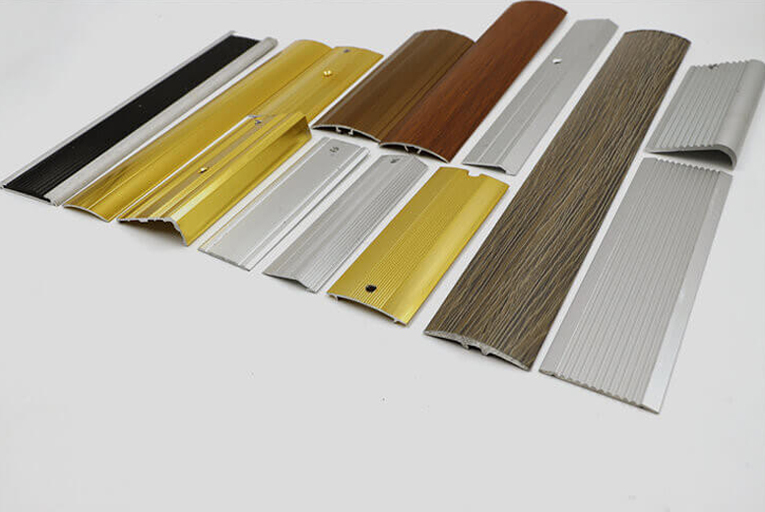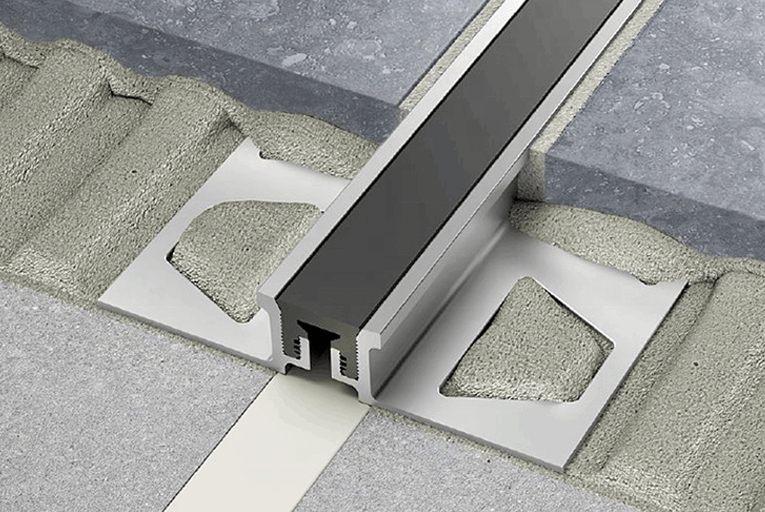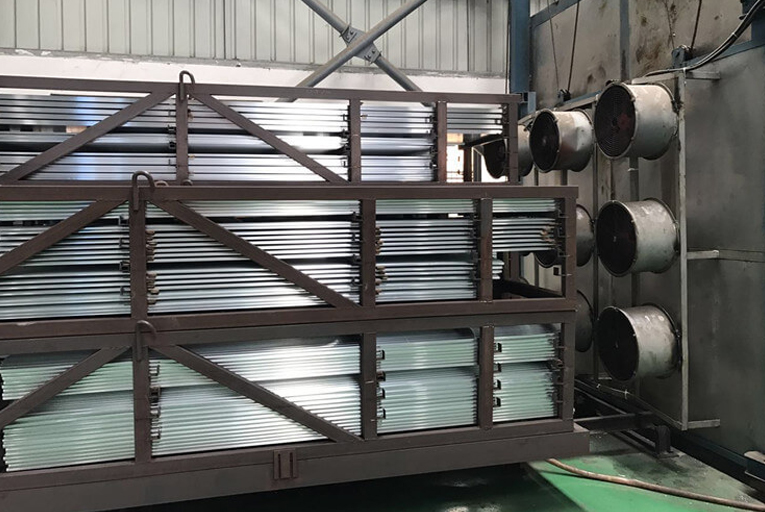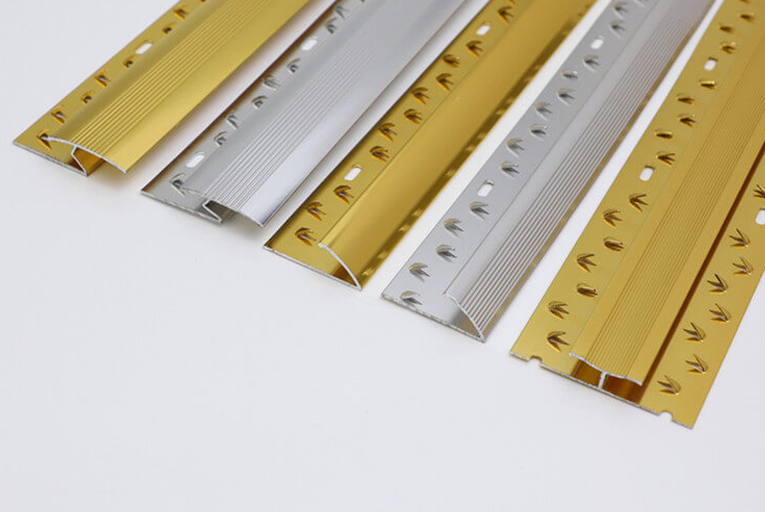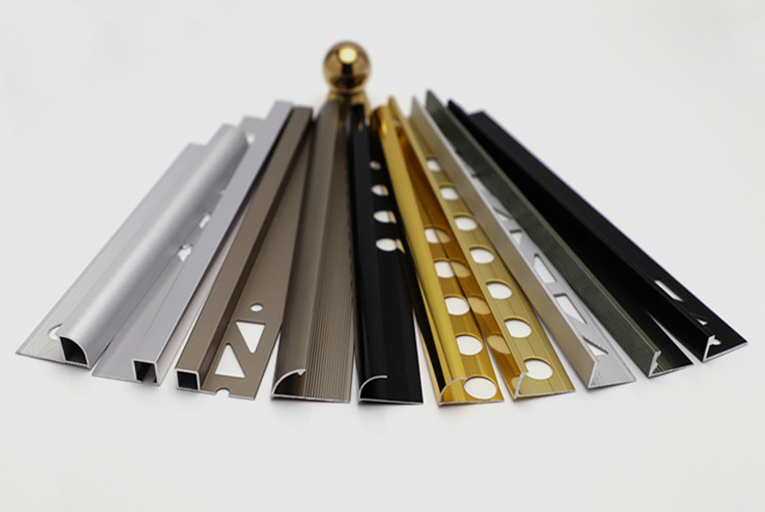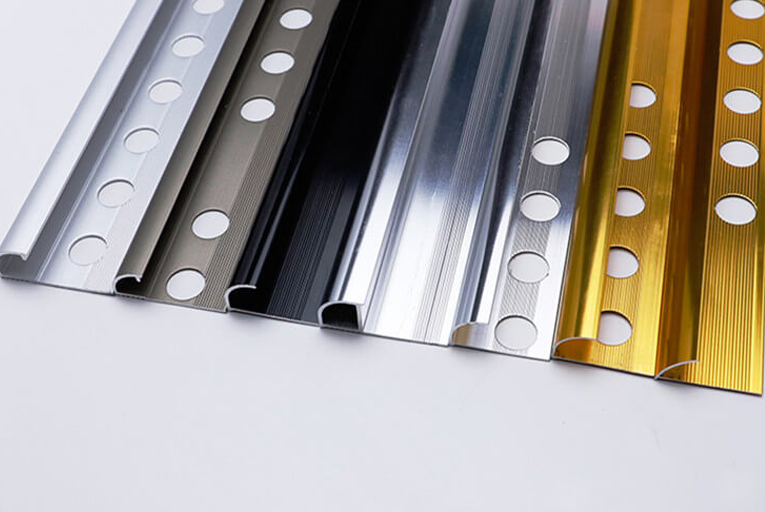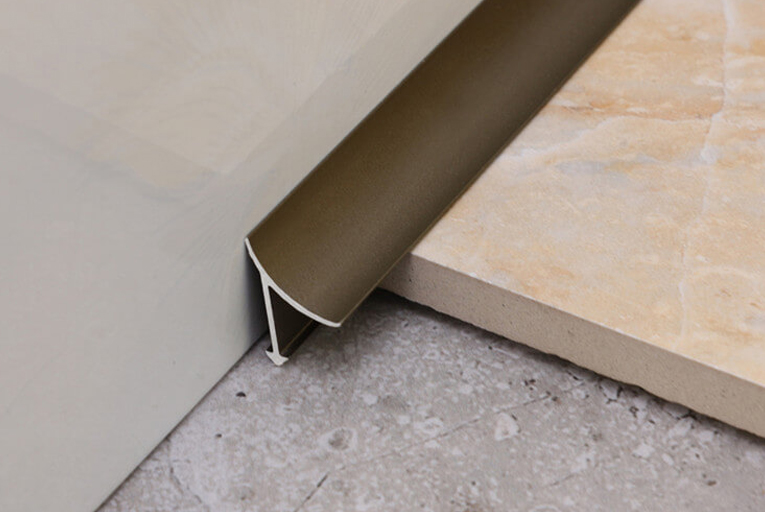Comparing Metal vs. Plastic Tile Corner Trims- Which is Better?
When it comes to finishing a tiled surface, corner trims play a crucial role in protecting and enhancing the edges of your tiles. Two commonly used materials for corner trims are metal and plastic, each offering unique advantages and drawbacks. In this article, we will delve into a detailed comparison of metal and plastic tile corner trims, evaluating their key attributes and helping you determine which option is best suited for your project.
Durability
One of the most important factors to consider when choosing a corner trim is its durability. Metal corner trims are typically made of stainless steel or aluminum, and they are known for their exceptional strength and longevity. They are resistant to rust, corrosion, and impact, making them ideal for areas with heavy traffic or high levels of moisture.
On the other hand, plastic corner trims are generally less durable than metal trims. They are more susceptible to cracking, fading, and warping over time, especially when exposed to extreme temperatures or chemicals. However, certain high-quality plastic trims, such as PVC or ABS, can provide decent durability in low-traffic areas.
Appearance
The appearance of a corner trim can significantly impact the overall aesthetic of your tiled surface. Metal corner trims typically have a sleek and modern look, available in various finishes such as brushed, polished, or hammered. They can complement a wide range of tile styles, from contemporary to traditional.
Plastic corner trims offer a more diverse range of colors and textures, making them suitable for a broader spectrum of design schemes. They can mimic the look of natural materials like wood or stone, adding warmth and character to your space. However, their appearance may not be as timeless or versatile as that of metal trims.
Installation and Maintenance
The ease of installation and maintenance is also an important consideration. Metal corner trims typically require more specialized tools and techniques to install than plastic trims. They may also be more challenging to cut and adjust, especially for complex angles.
Plastic corner trims, on the other hand, are generally easier to install. They can be cut with a utility knife and adhered using construction adhesive or mechanical fasteners. They are also more forgiving of minor imperfections during installation.
In terms of maintenance, both metal and plastic corner trims require regular cleaning to prevent dirt and mildew buildup. Metal trims may need occasional polishing or sealing to maintain their luster, while plastic trims may require more frequent replacement if they become damaged or discolored.
Cost
The cost of corner trims can vary depending on the material, size, and finish. Metal corner trims are typically more expensive than plastic trims, especially for larger projects or high-end finishes.
Plastic corner trims are more budget-friendly, making them a suitable option for those working with tighter constraints. However, it is important to note that the initial cost savings may be offset by the need for more frequent replacements in the long run.
-
What is Carpet Cover Trim?
2022-02-09 -
The 6 Hottest Tile Trim Solutions for 2021
2022-02-09 -
How to Install Tile Trims Line?
2022-02-09 -
Difference Between Sandblasting and Anodizing Surface Treatment of Aluminum Tile Trim
2022-02-09 -
The Different Uses of Tile Outside Corner Edging Trim and Inside Corner Edging Trim
2022-02-09 -
The Most Popular 5 Different Materials of Tile Trim Line
2022-02-09
